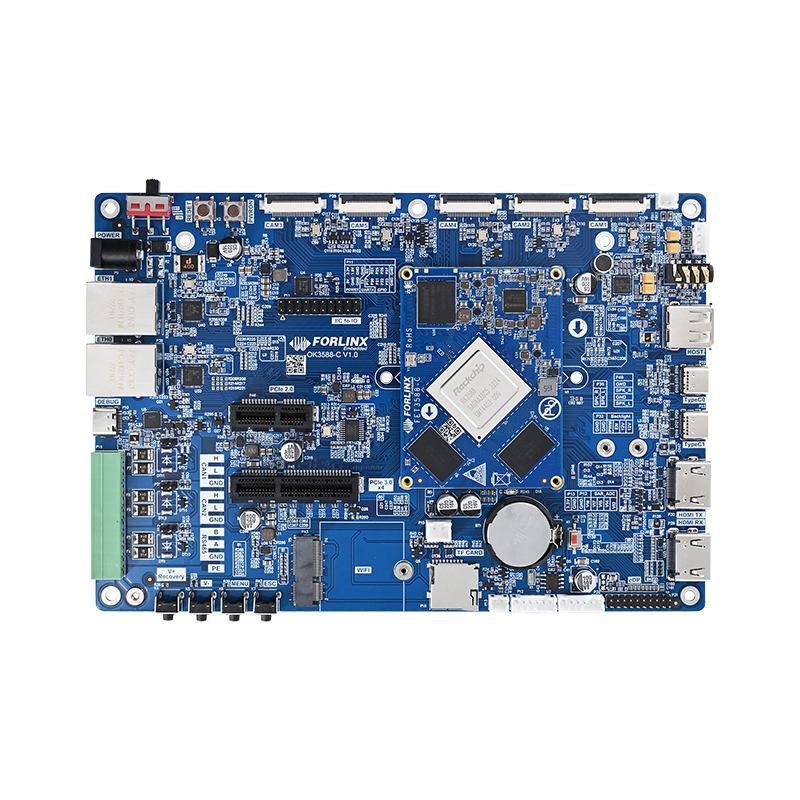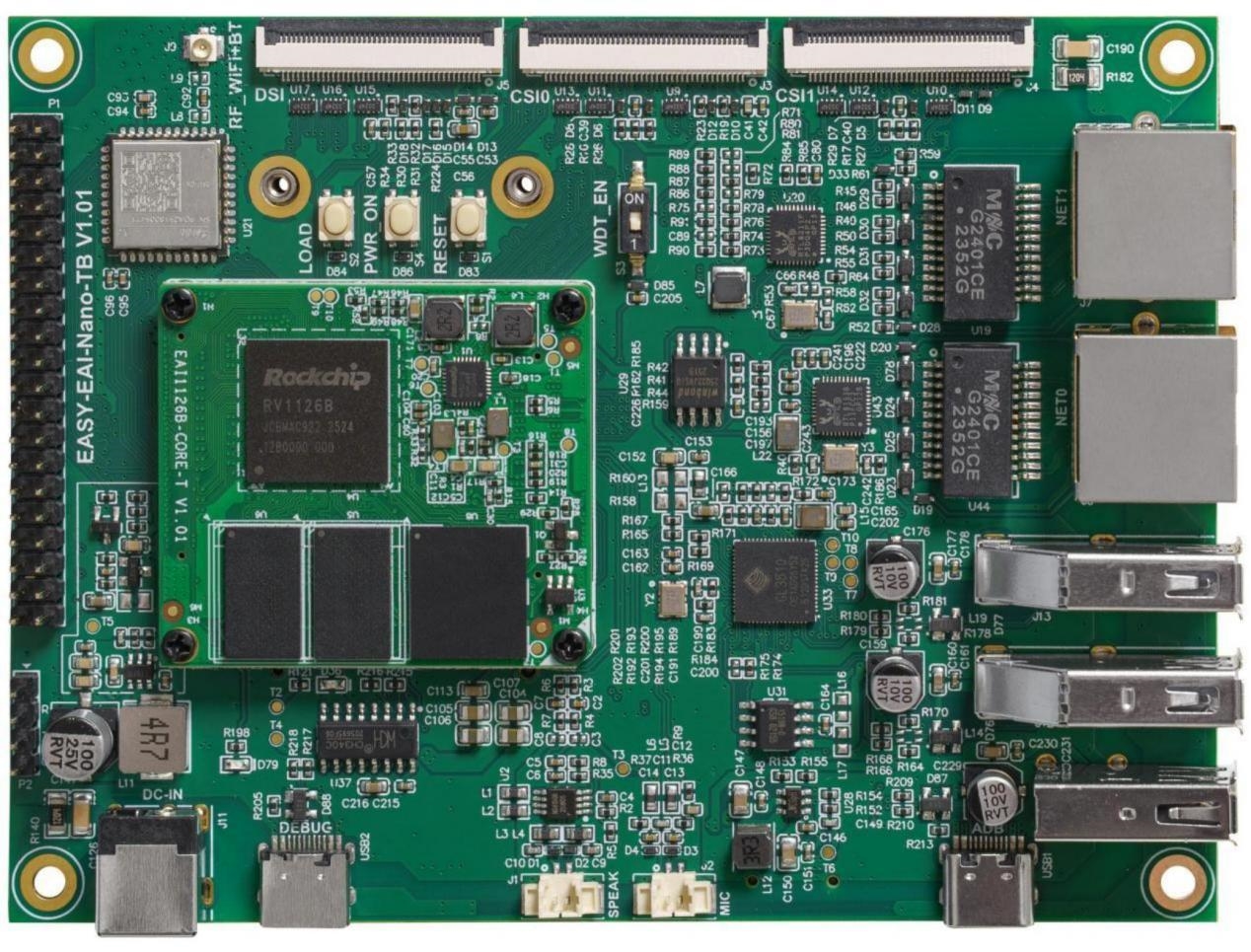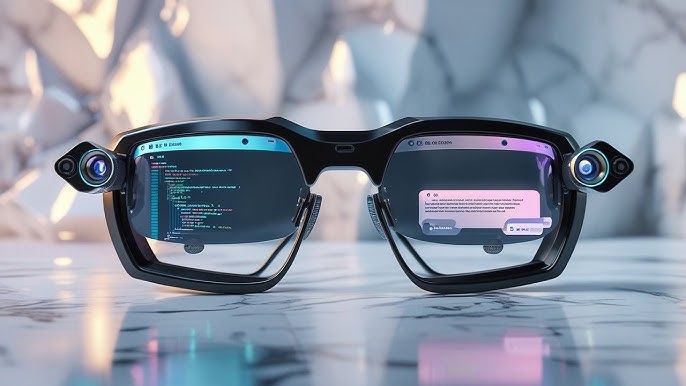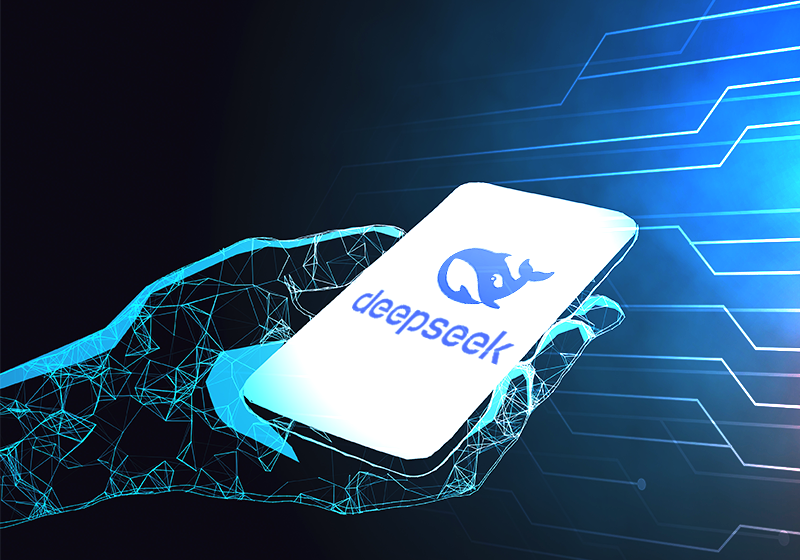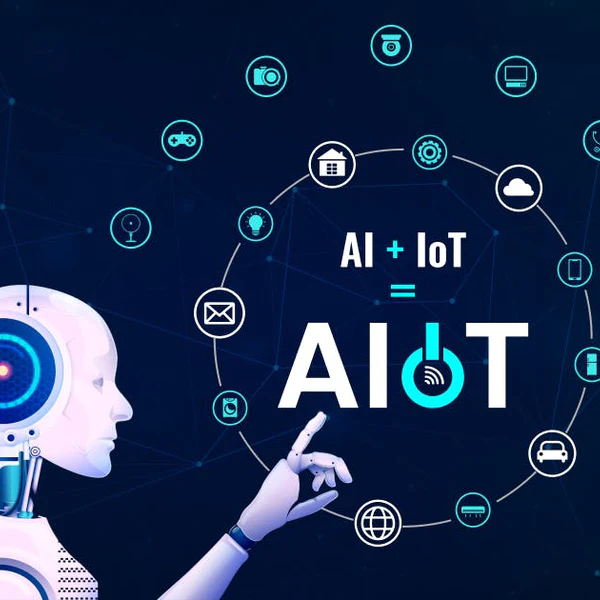Overview
China has more than 17 million people with visual impairments. To improve safe, independent mobility, the Intelligent Tongxing navigation glasses integrate high-precision visual sensing and YOLO algorithms to detect obstacles, pedestrians, and traffic signs in real time, and provide spoken directions to guide users.
The project was developed by the Intelligent Tongxing team at Kunming University of Science and Technology Jinqiao College.
1. Core Functions
- YOLO-based detection: Real-time, precise perception of the surrounding environment.
- Spoken navigation: Audible guidance that reports detected obstacles and route information.
- Adaptive feedback: Personalized guidance to accommodate different scenarios and user needs.
2. Features and Innovations
2.1 Technical advantages
2.1.1 Algorithm and system
a. YOLOv8: YOLOv8, a recent generation of object detection architecture, provides improvements in real-time performance, accuracy, and model compactness. Compared with earlier models, YOLOv8 increases inference speed while maintaining high detection accuracy, making it suitable for devices with strict real-time requirements. Its optimized architecture produces lighter models that are more suitable for embedded devices and mobile deployment. YOLOv8 also supports end-to-end training and deployment, reducing development overhead and offering flexibility for application-specific optimization.
b. Comparison with other YOLO models: Compared with YOLOv5, YOLOv6, and YOLOv7, YOLOv8 delivers higher throughput and improved detection performance at similar parameter counts. It performs well across object detection, instance segmentation, and image classification tasks. Ultralytics' design refinements in YOLOv8 further optimize the trade-offs between accuracy, speed, and computational efficiency, improving visual perception reliability for the device.
c. ROS2: ROS2, the successor to ROS, introduces comprehensive optimizations to communication mechanisms, synchronization strategies, tooling, and security. Unlike ROS1, ROS2 uses a decentralized DDS (Data Distribution Service) communication layer, which improves data transmission latency and scalability and better supports complex robotic systems. ROS2 also offers more flexible node management, an improved execution model, multi-language support, and enhanced performance characteristics that reduce system latency, increase throughput, and strengthen security for high-reliability applications.
Overall, combining YOLOv8's advanced detection capabilities with ROS2's efficient and robust communication architecture enables high-accuracy, low-latency data processing and environment perception for intelligent navigation applications.
2.1.2 Lightweight form factor
Market research identified existing assistive robotic guide solutions that are bulky and inconvenient to carry outdoors. The Intelligent Tongxing device uses 3D-printed components and a lightweight enclosure design; the complete unit weighs approximately 1.7 kg, making it compact and easier to wear and transport.
 ALLPCB
ALLPCB


